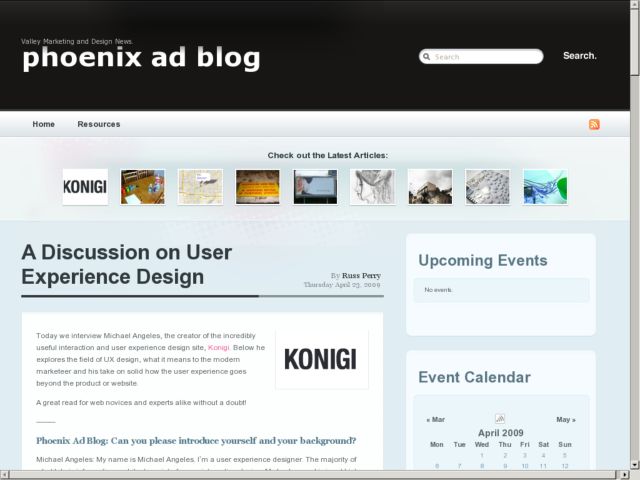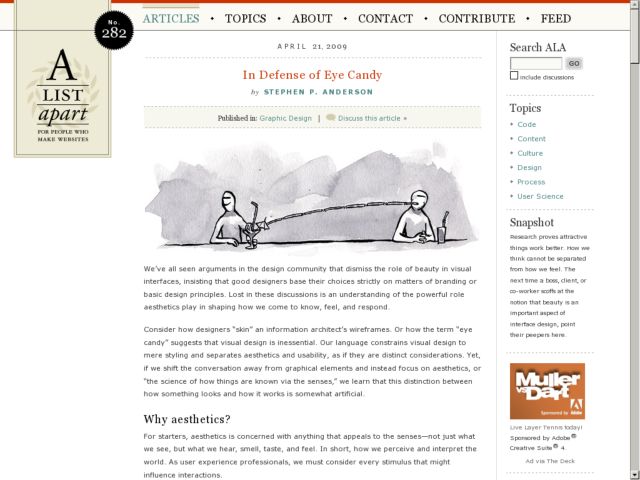David Malouf believes that "most successful products create a sense of connectedness between the consumer and the designer and that this connection occurs when designers balance the pull towards the rational, functional, & expedient with the natural & emotional."
In his article on Johnny Holland, David looks more deeply at what it means for an end-user to be connected to a product. He first looks at how art creates connection with humanity. It is the type of soulful connection that we experience in master works of art that either reach universal touch points, or resonate with us at a level that transcends pure aesthetic appreciation. David considers what it might mean to connect the user experience with the user on that kind of level.
[S]oul comes through a feeling of connectedness. The ... flick of the iPhone is more than just a great metaphor: it is a calling card. It is that random sign that is completely analog in its interpretation. No machine could have ever conceived that. Apple through almost all of their products have become expert at adding these “human” touches in their designs.
...
Great design in the end will give us something to relate to, to feel connected with, and to reinforce our humanity. Tapping that right balance between emotion and logic, chaos and control, analog and digital, is the key to this success. We can no longer rely on “form follows function”. Form has to be parallel to function, as function is growing in commodity.
I think this is a wonderful look at how function can be abstracted to create experiences that seem natural over time and have a human feel.
There are other characteristics of the experience that I think might help products bridge the gap between purely functional existence to sympathetic, connection-seeking being, by also touching elements other than the designed object or interface. Take the use of language in interfaces for example. Simply choosing the right interface to approach natural conversation without being cheeky can sometimes achieve this connection.
The point that purely providing functional products is no longer adequate for survival can't be understated. If companies want to differentiate themselves and retain loyal customers, design is what will separate all of the generic products from those that create connection with the user.
http://johnnyholland.org/magazine/2009/04/function-to-connection/

